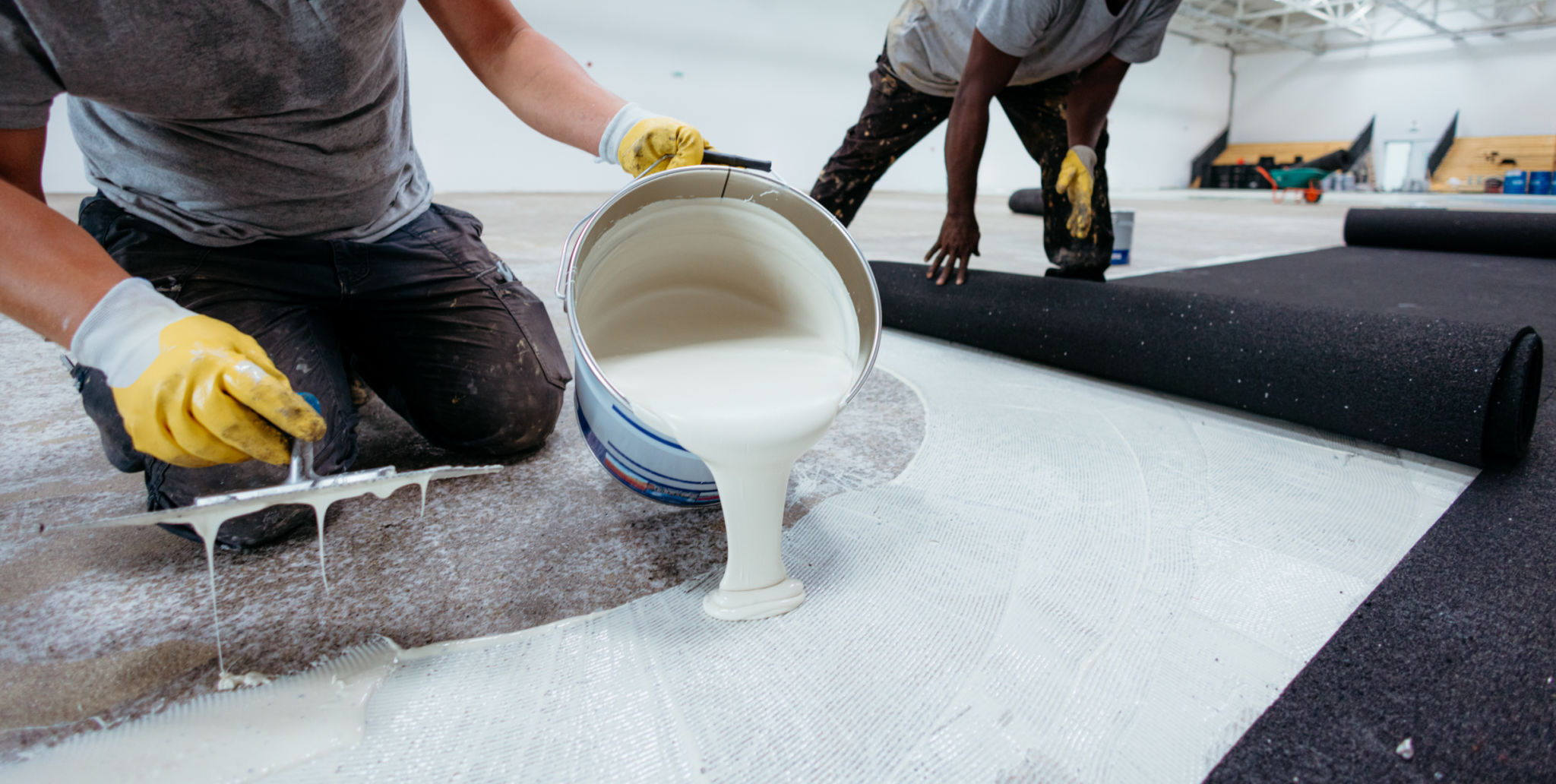Epoxy Flooring vs. Traditional Flooring: Making the Right Choice for Your Home
Understanding Epoxy Flooring
Epoxy flooring is a type of surface coating that involves applying multiple layers of epoxy resin to a floor. This creates a strong, durable, and long-lasting surface that is resistant to wear and damage. Originally popular in commercial and industrial settings, epoxy flooring is increasingly being used in residential homes due to its many benefits.
One of the standout features of epoxy flooring is its durability. It can withstand heavy foot traffic, making it an excellent choice for busy households. Additionally, it's resistant to stains and water, which makes it ideal for kitchens and bathrooms.

Exploring Traditional Flooring Options
Traditional flooring encompasses a wide range of materials, including wood, tile, laminate, and carpet. Each option has its own set of advantages and drawbacks, depending on the specific needs and preferences of a homeowner.
For instance, wood flooring is known for its classic beauty and warmth, but it can be prone to scratches and water damage. On the other hand, tile is highly durable and easy to clean but may feel cold and hard underfoot.

Comparing Aesthetics
When it comes to aesthetics, your personal taste plays a significant role in choosing between epoxy and traditional flooring. Epoxy offers a sleek and modern look with a glossy finish that can enhance the appearance of any room. Moreover, it comes in a variety of colors and patterns, allowing for customization to suit your style.
Traditional flooring options like wood and tile offer a more timeless appeal. Wood provides a warm, natural look, while tiles are available in numerous designs that can mimic everything from stone to intricate mosaics.
Installation and Maintenance Considerations
Installation processes vary greatly between epoxy and traditional flooring. Epoxy requires professional installation to ensure a smooth and even application. Meanwhile, some traditional flooring types like laminate or tile can be installed by DIY enthusiasts, potentially saving on labor costs.
In terms of maintenance, epoxy floors are low-maintenance, requiring only regular sweeping and occasional mopping. Traditional flooring maintenance can vary significantly; wood floors may need periodic refinishing, while carpets require regular vacuuming and steam cleaning.

Cost Factors
Cost is another crucial factor when deciding between epoxy and traditional flooring. While epoxy flooring might have higher upfront costs due to professional installation, its durability can lead to long-term savings by reducing the need for repairs or replacements.
Traditional flooring costs can range widely based on the material chosen. For example, carpet is generally less expensive than hardwood or high-quality tiles. However, these initial savings might be offset by higher maintenance costs over time.
Environmental Impact
For environmentally conscious homeowners, the sustainability of their flooring choice is essential. Epoxy flooring is not biodegradable, but many manufacturers are now offering low-VOC (Volatile Organic Compounds) options to reduce environmental impact.
Traditional flooring materials like wood can be more sustainable if sourced from responsibly managed forests. Additionally, options like cork or bamboo provide eco-friendly alternatives that are both renewable and biodegradable.

Making the Right Choice
Ultimately, the decision between epoxy and traditional flooring depends on your specific needs, budget, and style preferences. Consider factors such as durability, maintenance, cost, aesthetics, and environmental impact when making your choice.
If you seek a durable, modern-looking floor with minimal maintenance, epoxy might be your best bet. However, if you prefer a classic aesthetic with natural materials or have specific budget constraints, traditional flooring could be more suitable.
By weighing these factors carefully, you can choose the flooring option that best complements your home and lifestyle.